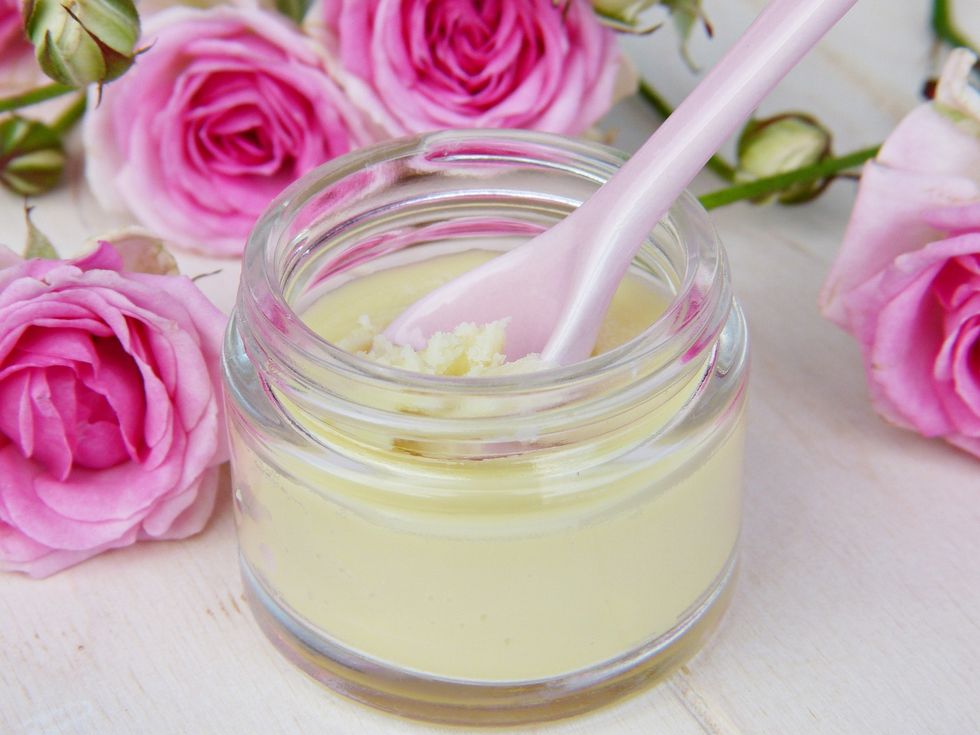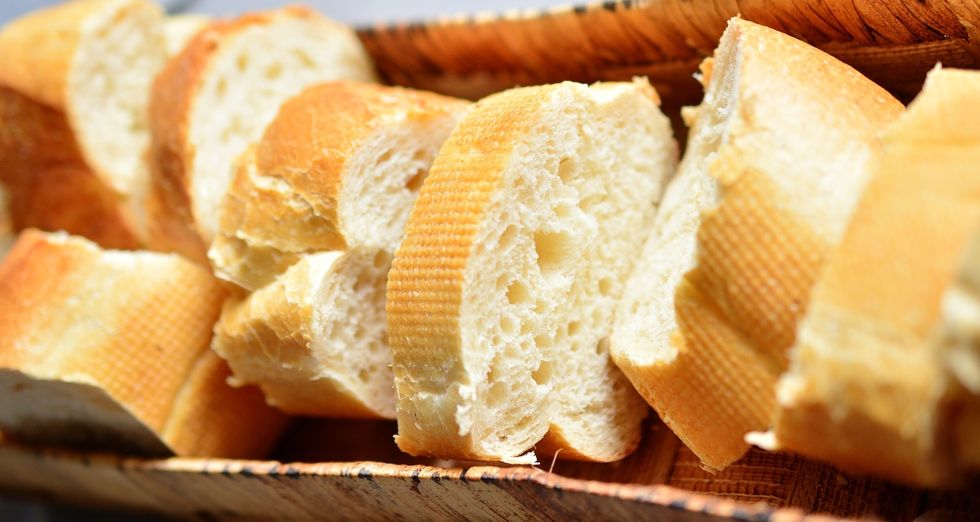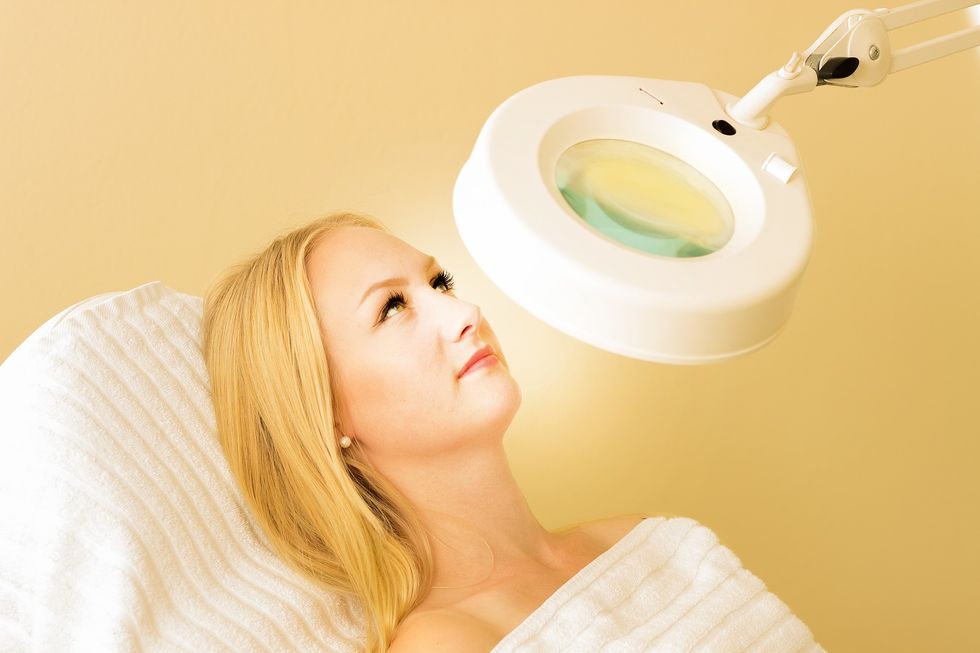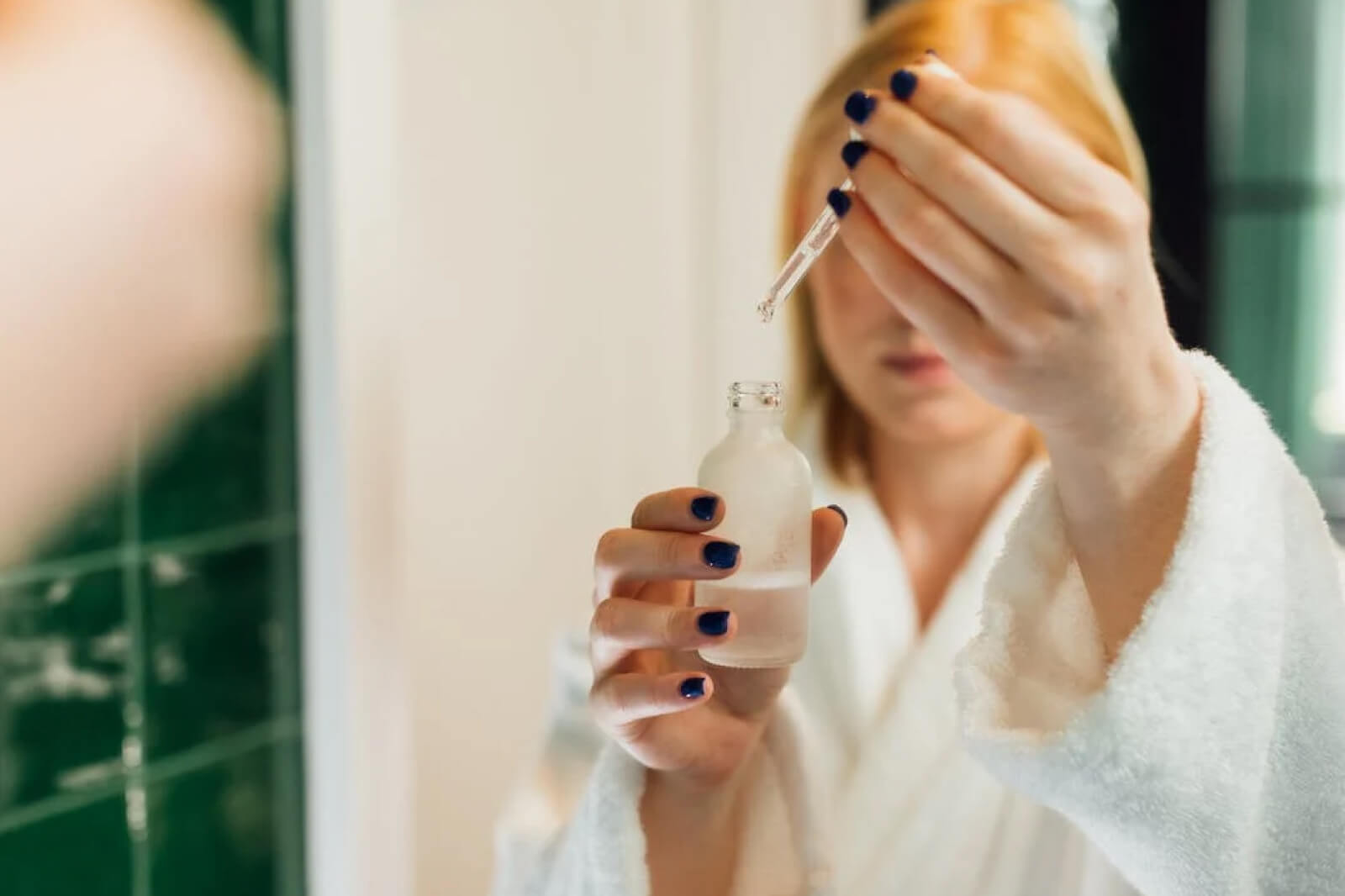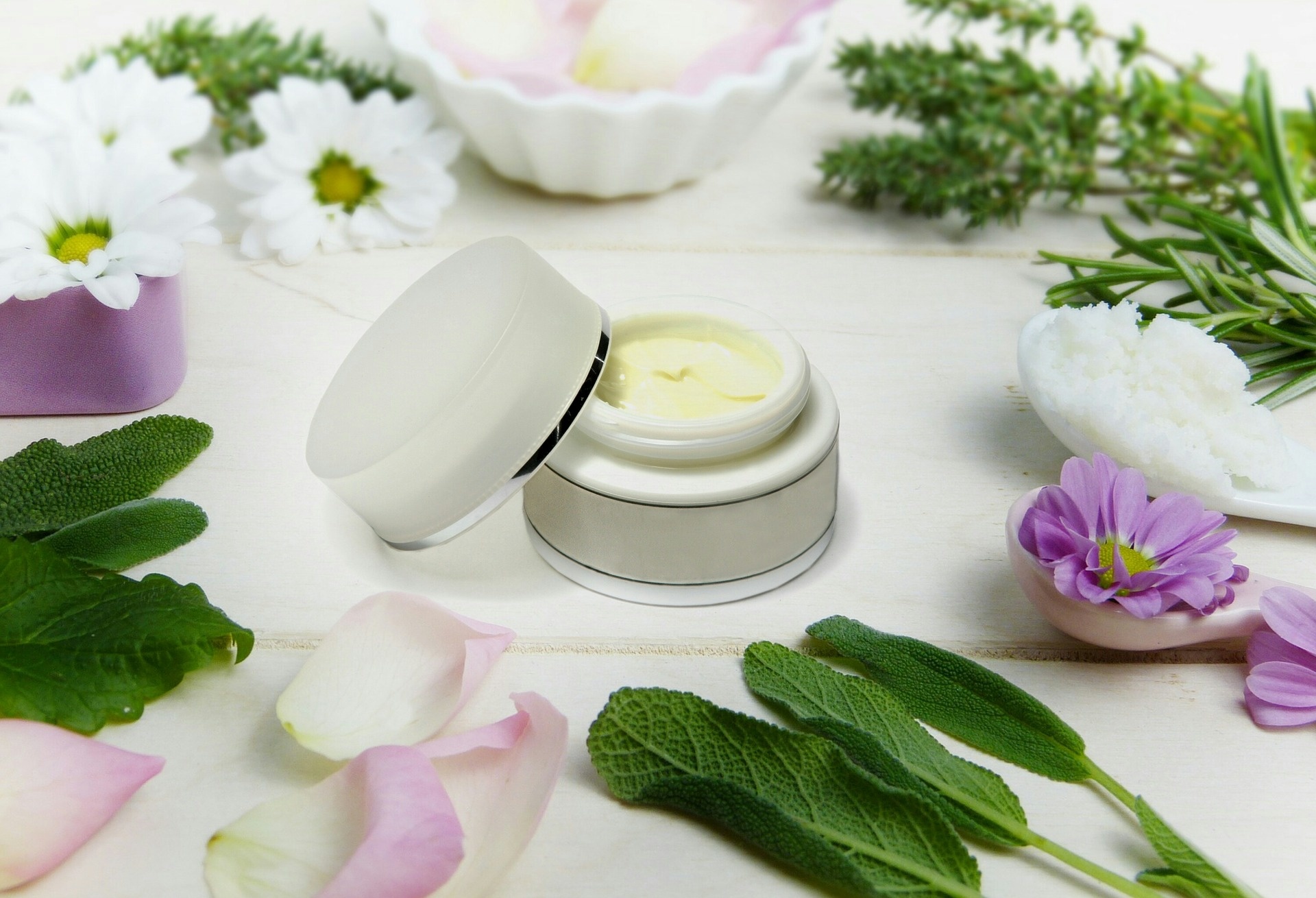Most people think that only teenagers have to deal with acne, but adults can get zits too. The American Academy of Dermatology (ADD) explains that pimples don’t have an expiration date, so adults in their 30s, 40s, and beyond can have acne. In addition, the ADD points out that 50 million Americans get acne every year.
Why Adults Get Acne
Dermatologists don’t always know the exact cause of adult acne. According to the American Academy of Dermatology, there are many reasons why someone may have pimples, such as changing hormone levels, too much stress, side effects from medications, or reactions to skin care products.
Why Teen Acne Treatments Don’t Work
The same anti-pimple treatments you used as a teenager may not work on adult acne. Dr. Amy Derick explains, “Most of the over-the-counter products involve salicylic acid and benzoyl peroxide, which are good for whiteheads and pustules, but not so much for deeper adult acne.” In addition, some over-the-counter acne treatments that target teens can cause redness, irritation, dryness, and other problems in adults.
Retinoid Creams
Dr. Derick recommends topical retinoid creams, which usually require a prescription, to prevent and treat adult acne. Retinoids are chemically related to vitamin A. They can unclog pores and prevent dead cells from creating new clogs. In general, retinoids work on reducing skin inflammation and oil production.
Dapsone Gels
Another option for treating acne is topical dapsone gel, which is an antibacterial drug. Dapsone helps reduce the number of pimples while speeding up the healing process. You usually have to apply the gel once or twice a day in a thin layer on the skin. Although researchers are not sure exactly how dapsone works, it’s recommended for adult acne.
Acne Patches
Acne patches are a relatively new way to treat pimples. Available in both medicated and unmedicated versions, these patches tend to be thin and translucent. They often resemble small dots made from hydrocolloid dressing. You apply one dot to a pimple, so it can reduce redness, irritation, and inflammation. The patch helps flatten the pimple and prevents you from touching it, which can also reduce the risk of infection.
Diet Changes
When teens get acne, their diet choices of chocolate, greasy chips, and fast food often get the blame for their blemishes. Although many adults tend to eat a more balanced diet, they still get acne. Several studies have examined a possible connection between food and pimples, and a high glycemic diet appears to be one of the problems.
A high glycemic diet consists of foods that have a high glycemic index (GI) and can raise blood sugar levels. Some examples of high GI foods are white bread, pasta, and potatoes. Low GI foods include green vegetables and lentils. When you eat a high carbohydrate diet with high GI foods, you may have more acne.
Dairy products also get the blame for causing zits. Although research has not shown a clear connection, it is possible that the hormones in some dairy products could affect the skin. You may want to try eliminating dairy or switching to plant-based alternatives to see how it affects your skin.
Other Adult Acne Treatments
Spironolactone drugs, antibiotics, and birth control pills are other common adult acne treatments. You may need to see a dermatologist multiple times if the acne is severe and does not go away on its own. Some acne treatments have side effects, so make sure you discuss them with your doctor.
Whether you are 25 or 55, dealing with a new pimple on your chin can quickly ruin the day. Fortunately, there are treatments for adult acne. Talk to a dermatologist to find out more.



